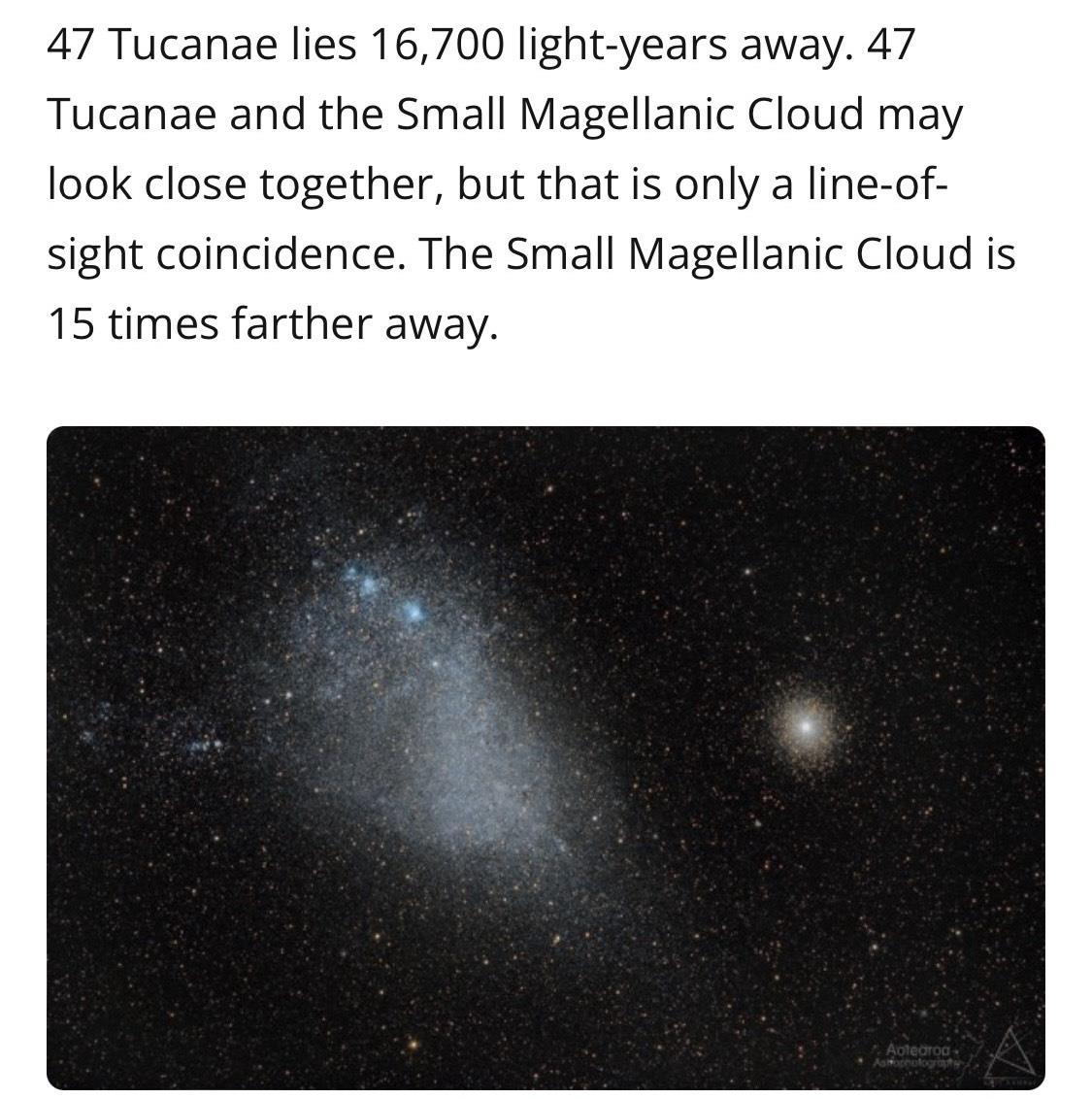IS TOUCAN A STAR?











Tucana, holding in its beak a branch with a berry, as seen on Chart XX of the Uranographia star atlas of Johann Bode (1801). Behind its tail lies Nubecula Minor, the Small Magellanic Cloud (just visible at the lower right edge of the image), which is within the constellation’s modern borders.



















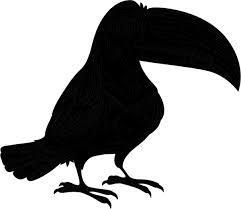



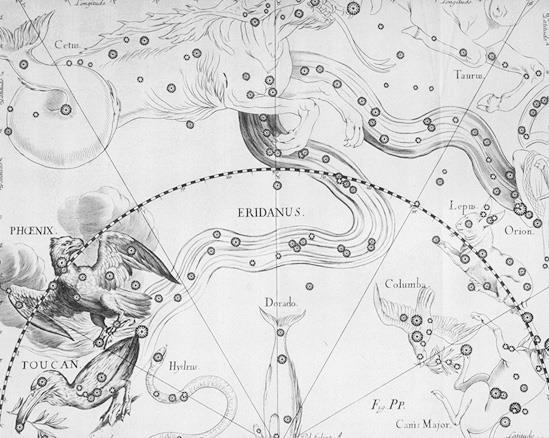

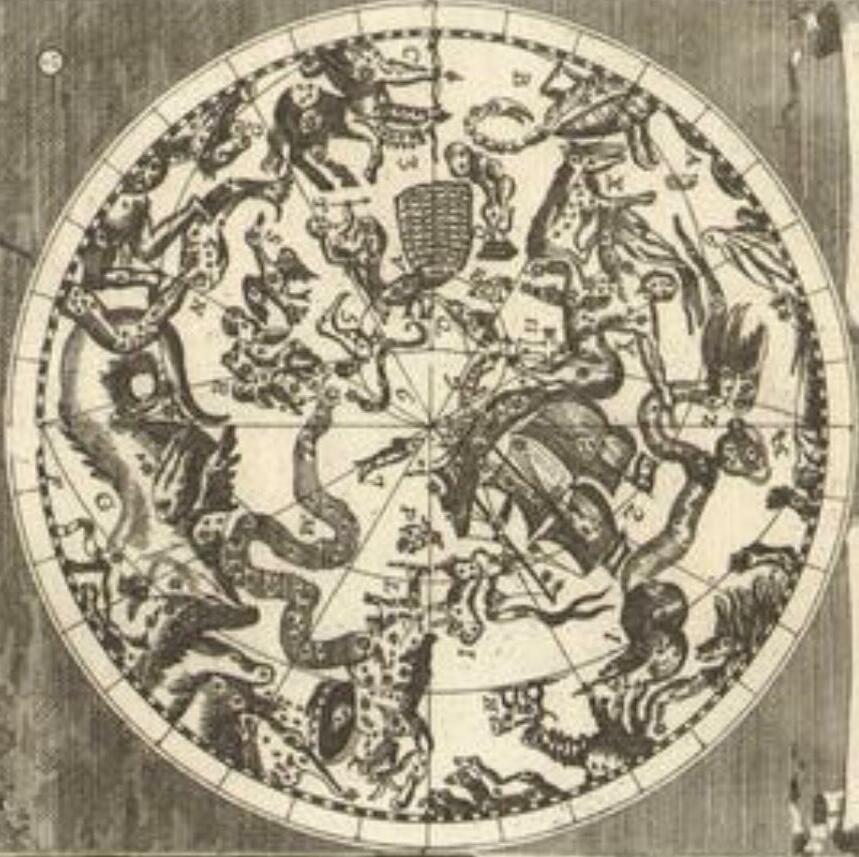
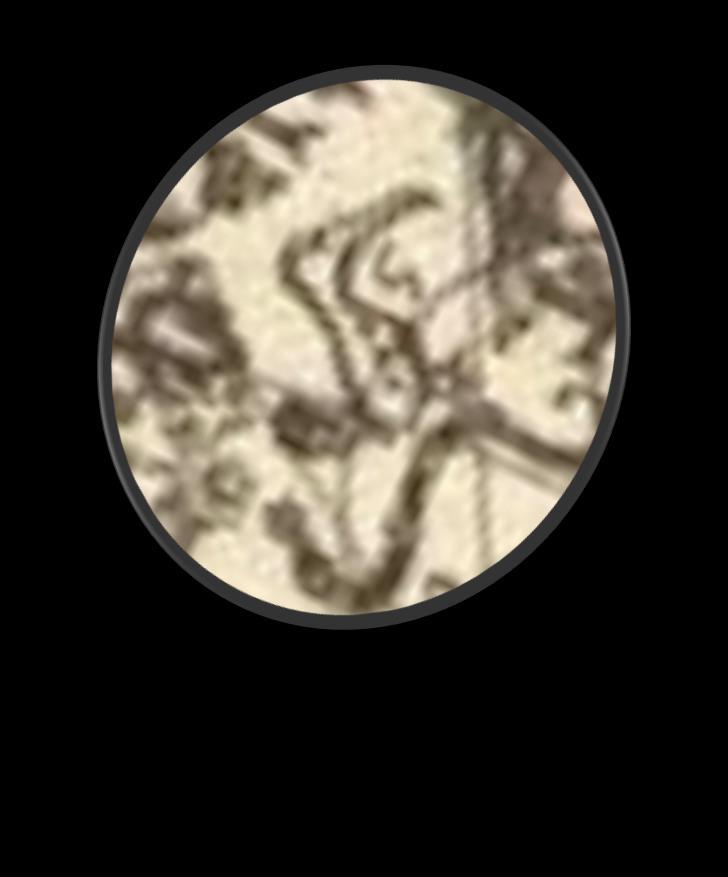

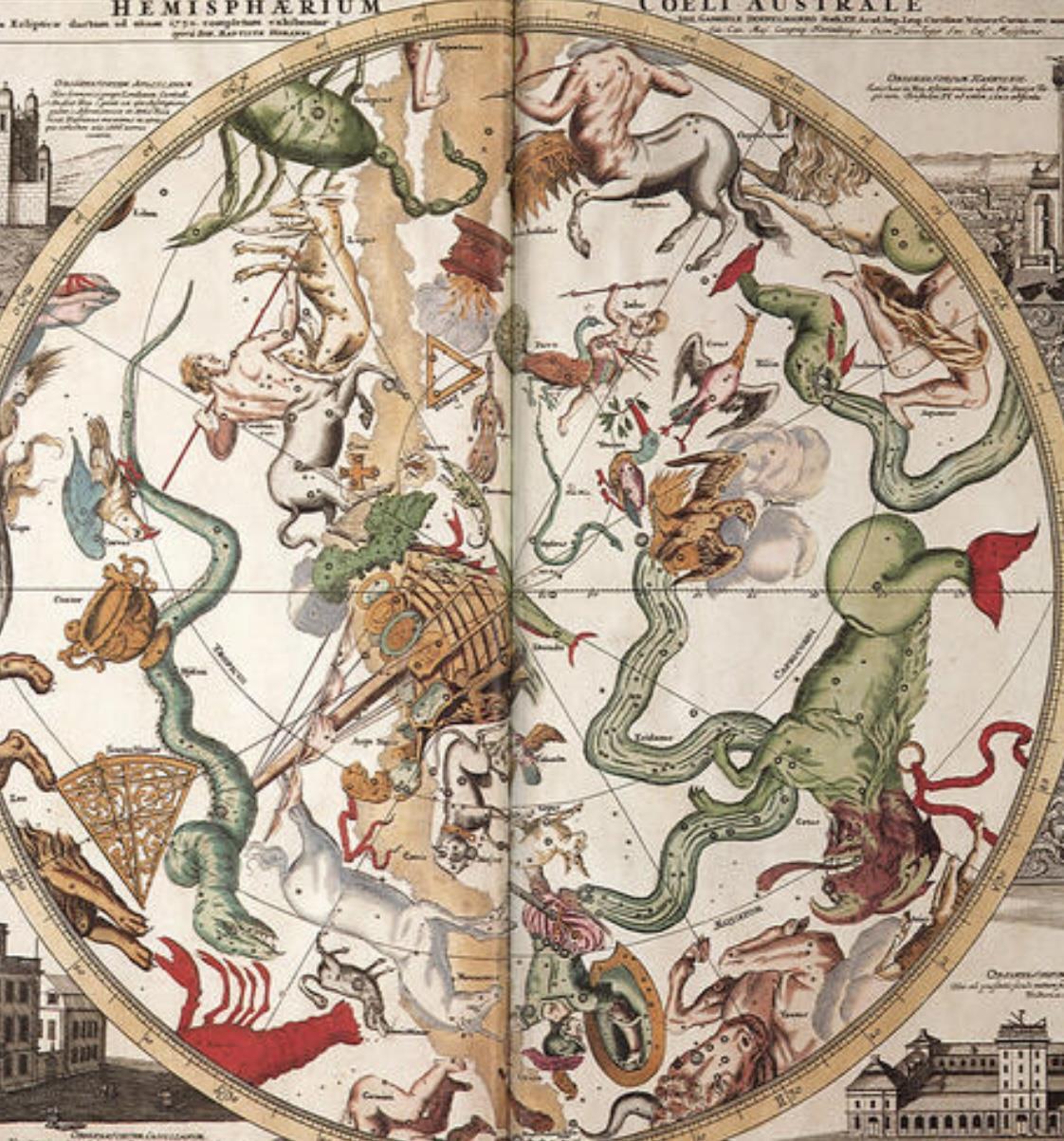



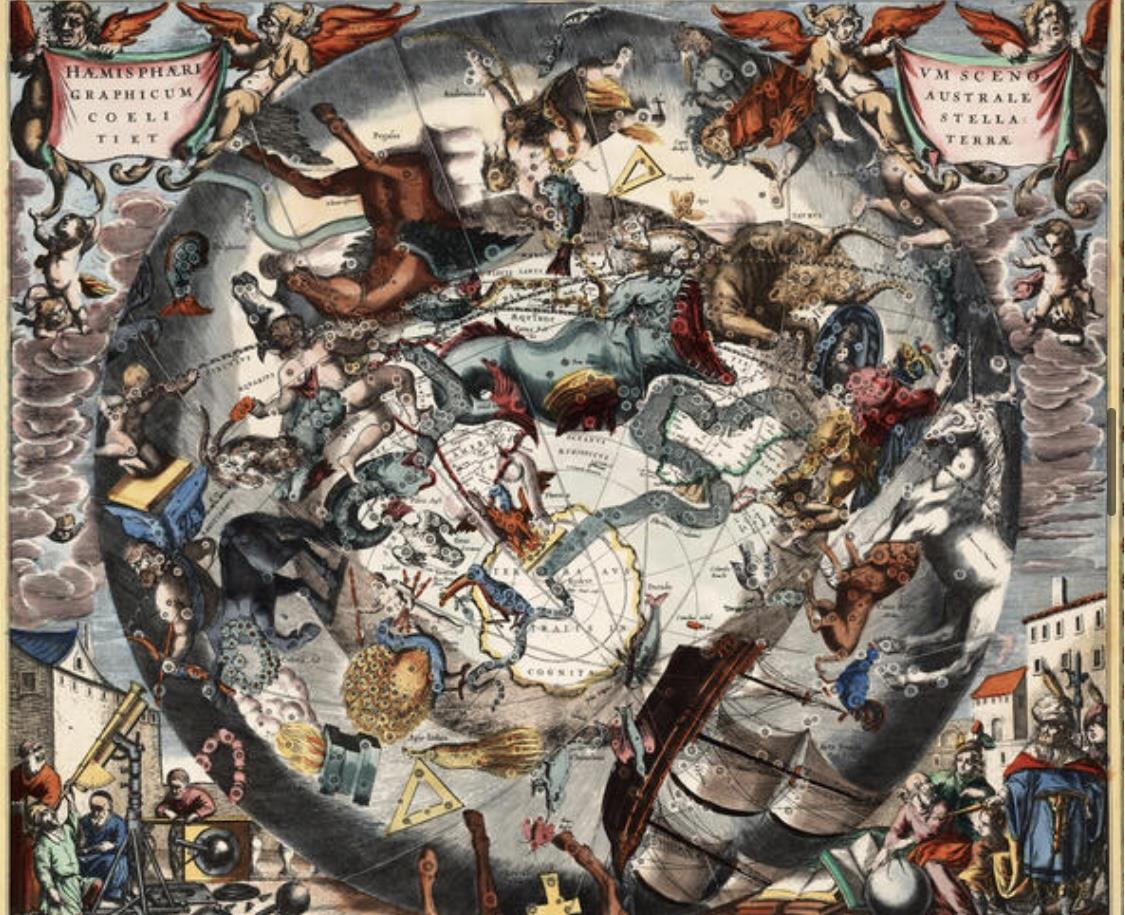

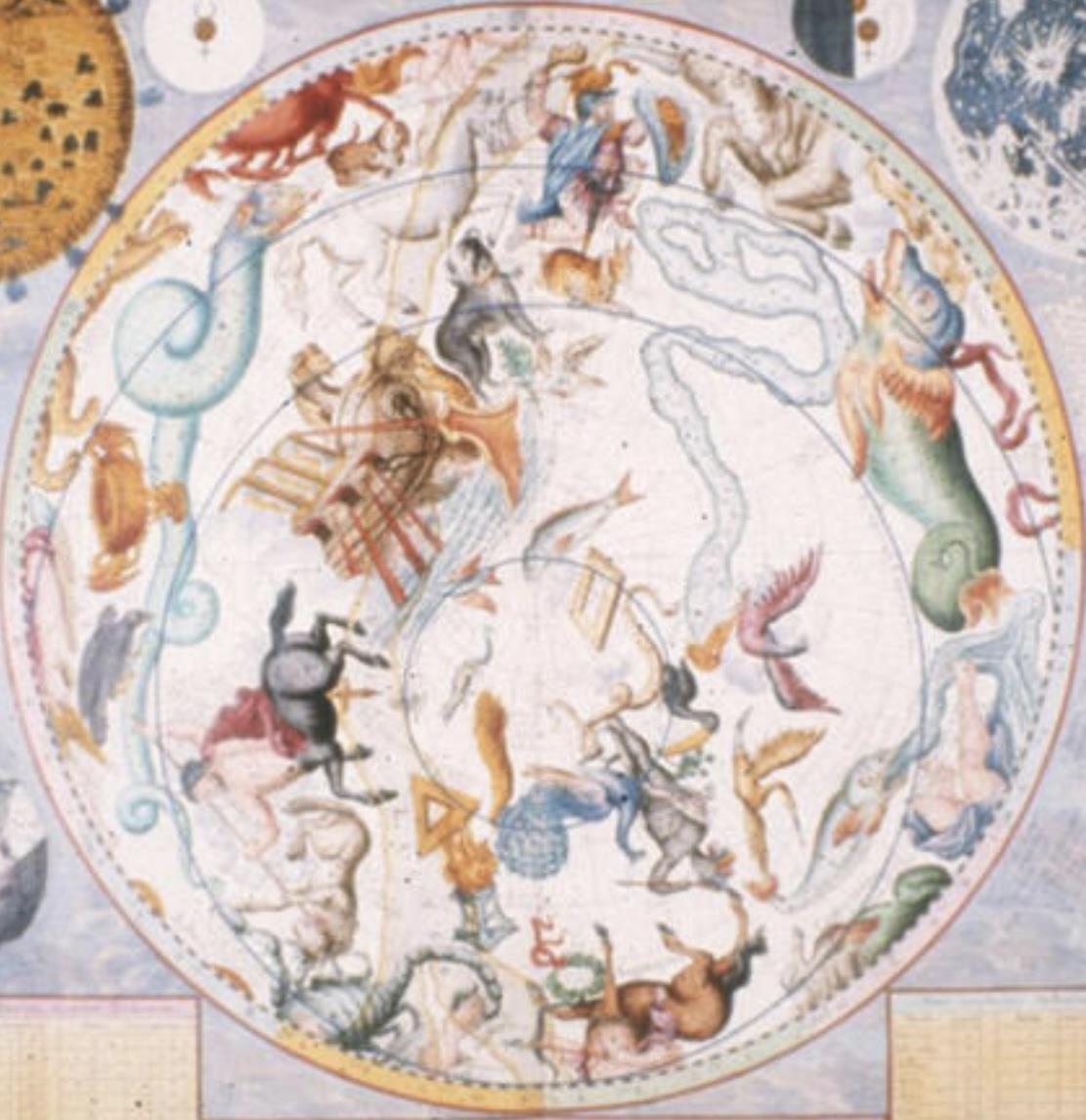







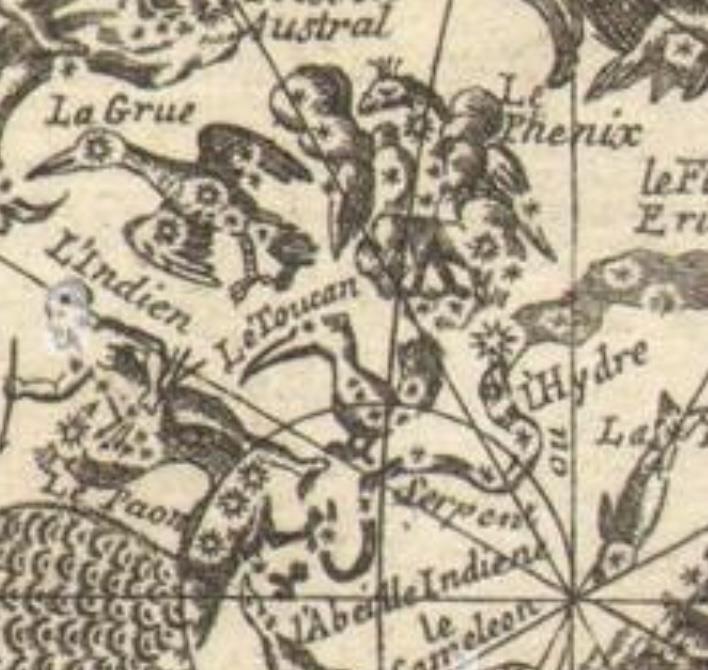






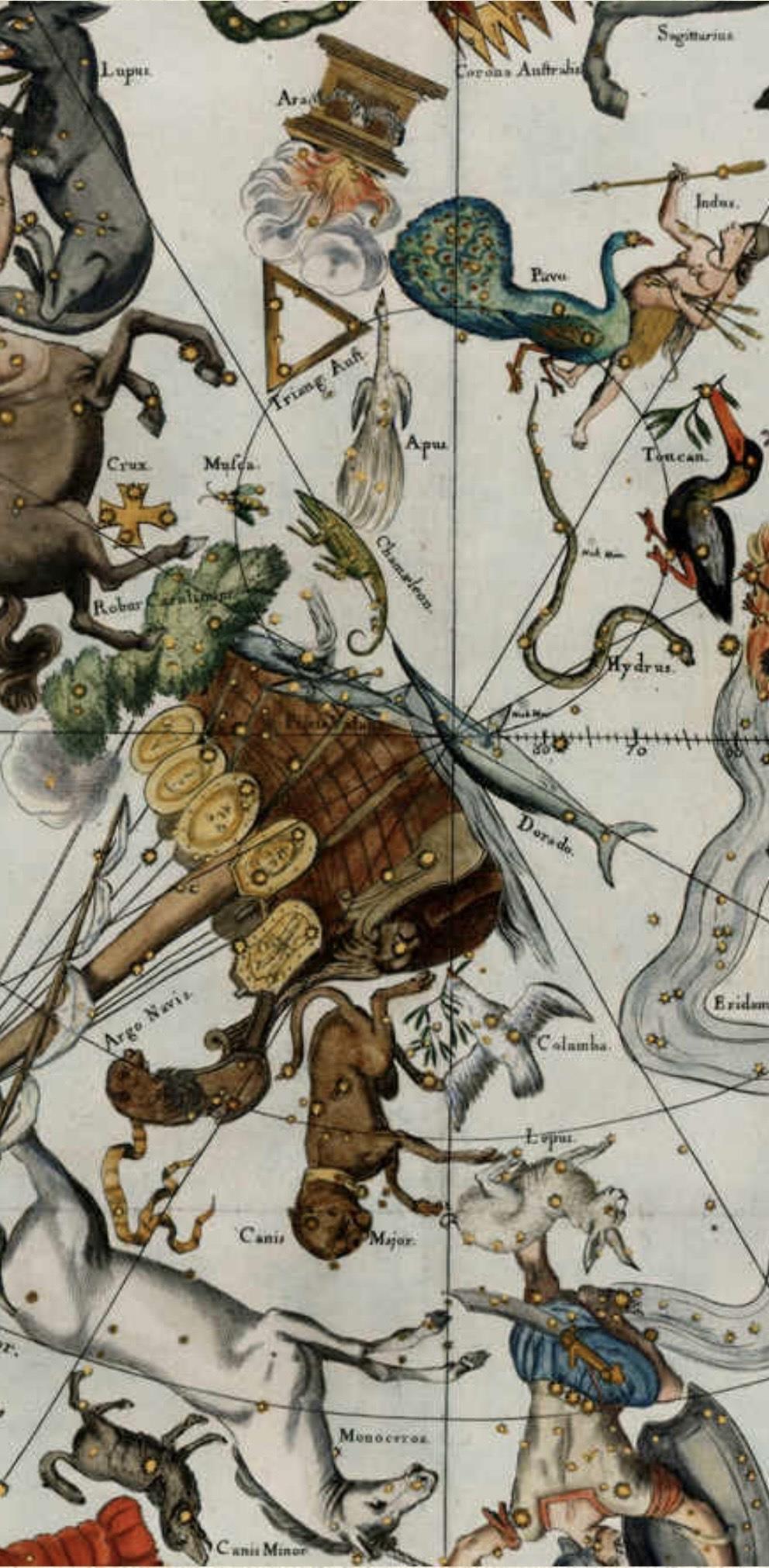


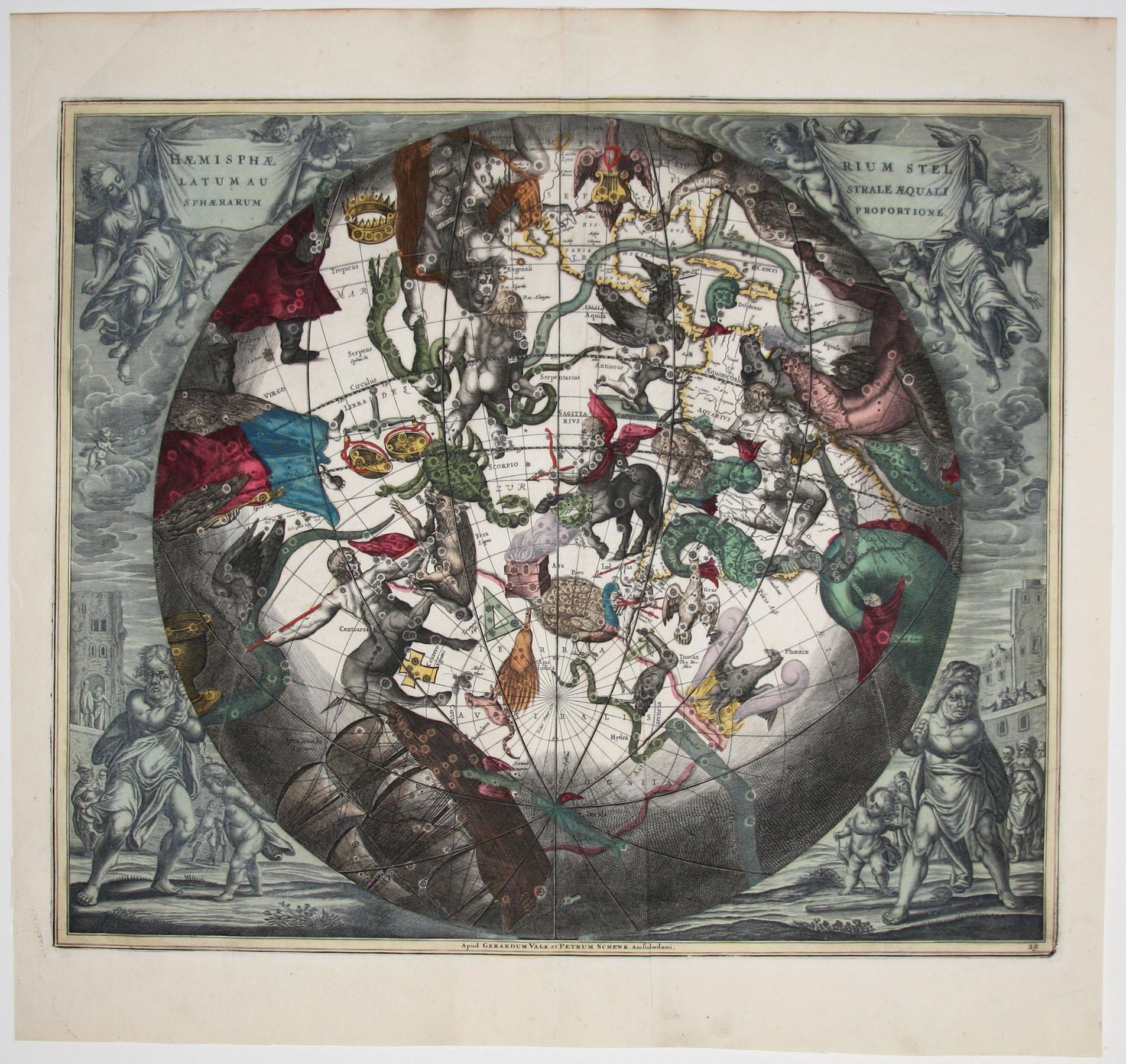

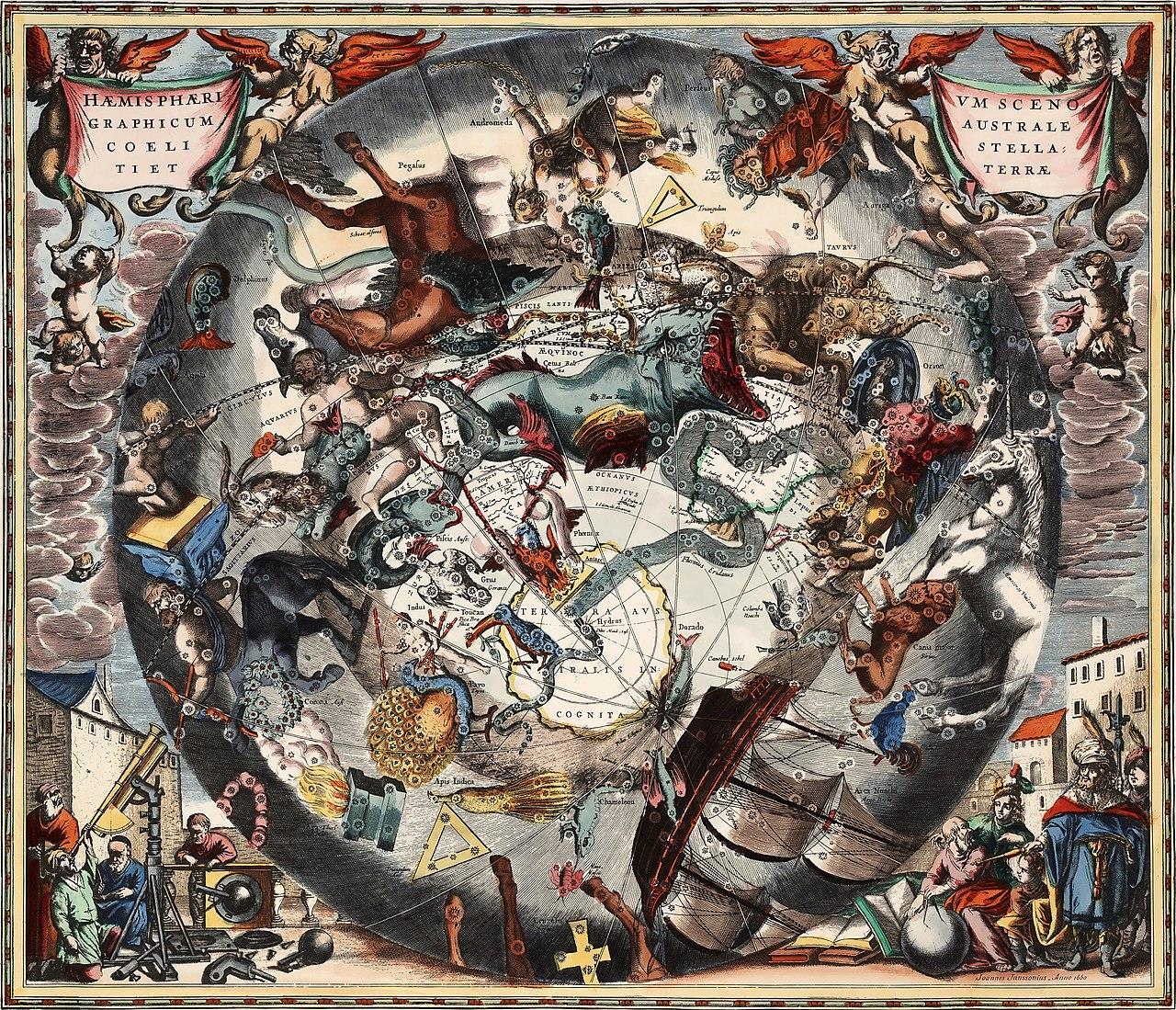
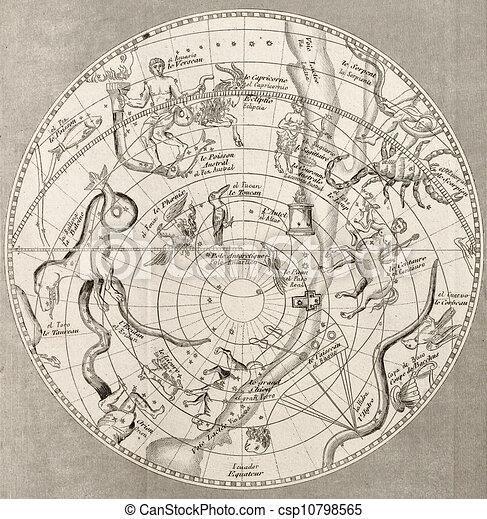
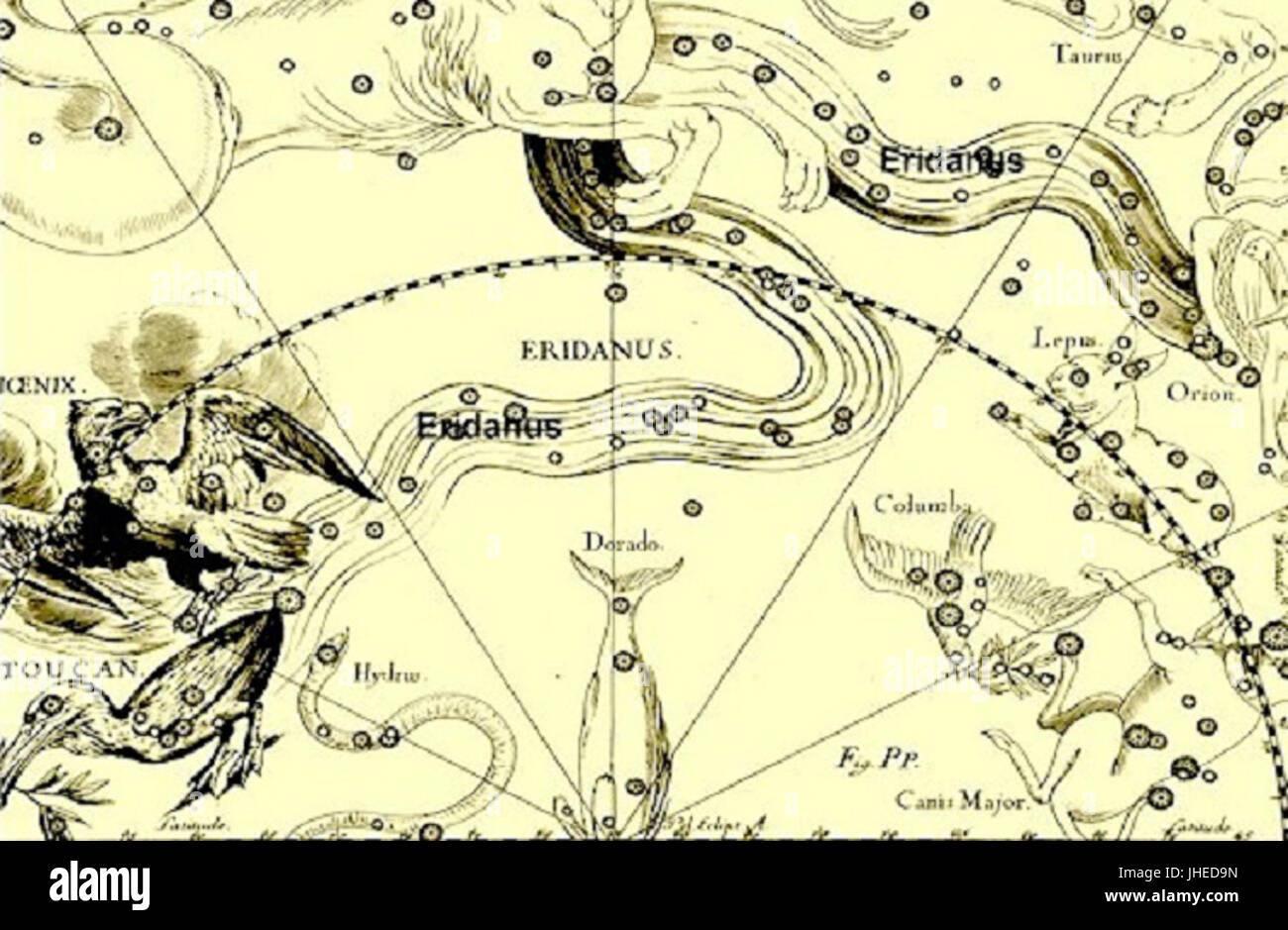







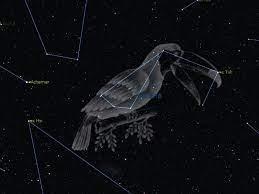




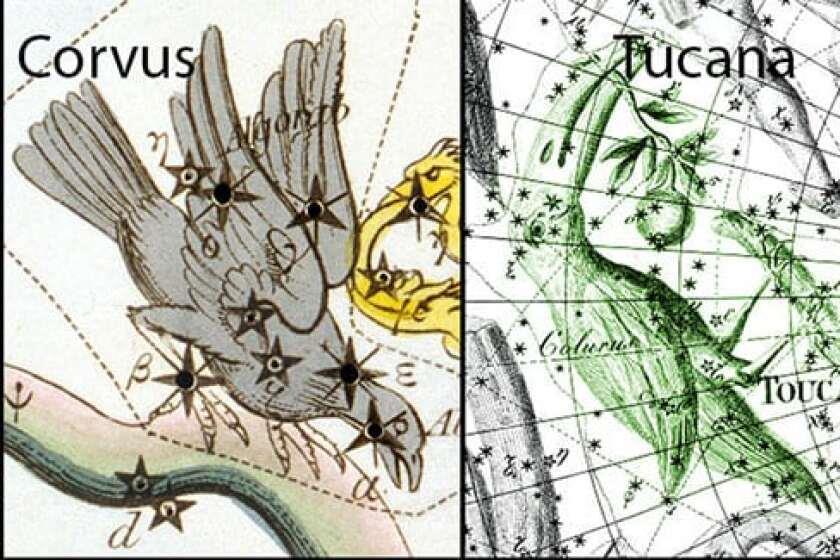



The identification of Tucana was collaboration between Dutch Navigators, de Houtman and Keyser, who charted the southern skies on a voyage to the East Indies, and Johanne Bayer, an astronomer who cataloged and published the newly discovered groupings of star patterns in his 1603 sky atlas entitled Uranometria. The shape of this constellation looks like the large bill of the brightly colored South American bird. Astronomer and mathematician Johannes Kepler who formulated the three laws of planetary motion called it Anser Americanus, the American Goose.

Tucana’s brightest star, Alpha Tucanae, marking the tip of the bird’s beak, is of only third magnitude, but the constellation is distinguished by two features of particular interest: firstly, the globular star cluster 47 Tucanae, rated the second-best such object in the entire sky, so bright that it was labelled in the same way as a star; and the Small Magellanic Cloud, the smaller and fainter of the two companion galaxies of our Milky Way. These features were originally part of Hydrus but were transferred to Tucana when the French astronomer Nicolas Louis de Lacaille reorganized this part of the southern heavens in the 1750s on his planisphere and star catalogues. Incidentally, 47 Tucanae is not a Flamsteed number; it comes from its listing in Johann Bode’s catalogue called Allgemeine Beschreibung und Nachweisung der Gestirne, published in 1801 to accompany his Uranographia star atlas. It was first recorded as a star by Keyser and de Houtman. Bayer showed it on his southern star chart of 1603 within one of the coils of Hydrus, beneath the claw of the toucan, but its nebulous nature was first noted by Lacaille a century and a half later. Lacaille gave it no identifying number, though, simply labelling it as ‘neb’. None of the stars of Tucana is named, and there are no legends associated with it.
